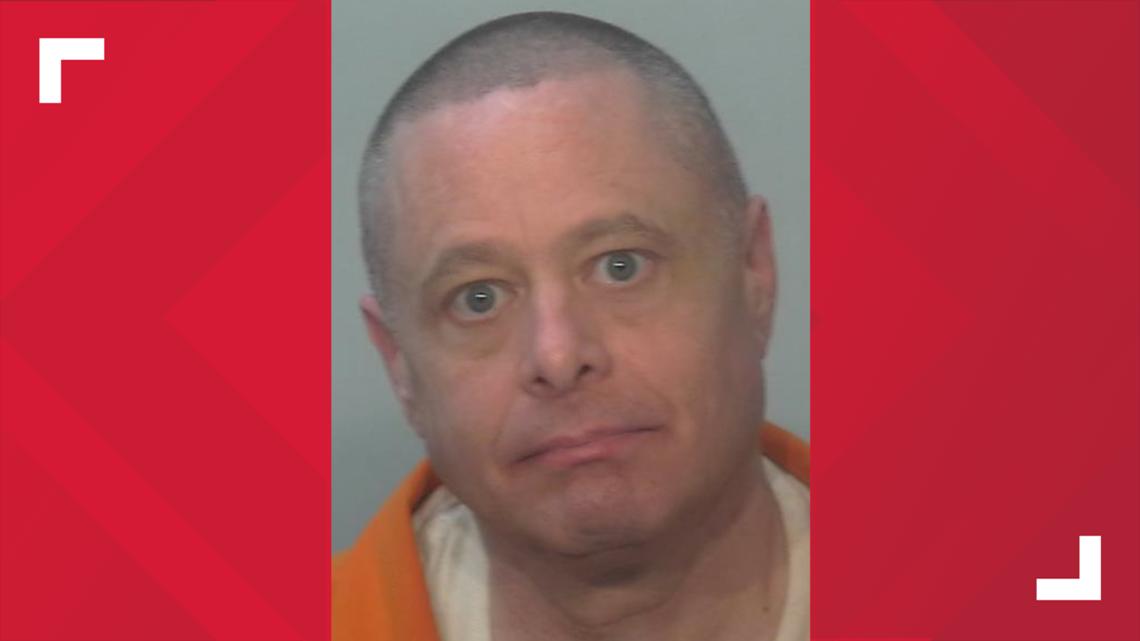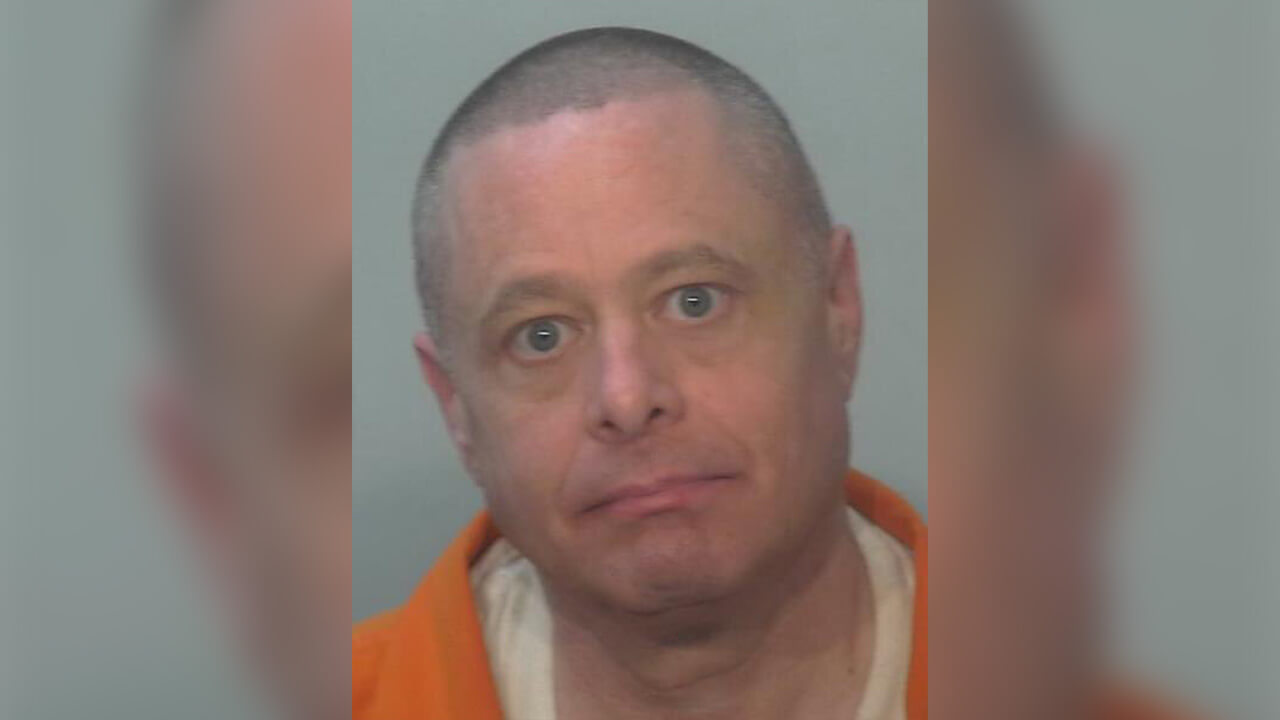The bullet witness was on the stand first thing. Here is her testimony and it sounds like she knows her stuff.
64°
Home / News / Crime Watch 8 / Delphi Murders
Delphi Murders trial: Day 7 live
 72°
Home
72°
Home /
News /
Crime Watch 8 /
Delphi Murders
Delphi Murders trial: Day 7 live blog
Community members and members of the media wait outside the locked doors of the Carroll County Courthouse in Delphi before the start of Day 7 of the Delphi Murders trial. (WISH Photo)
892Shares
Listen to this article
1.0x
Audio by Carbonatix
Presented By

by: Ashley Fowler and Jason Ronimous
Posted: Oct 25, 2024 / 08:57 AM EST / Updated: Oct 25, 2024 / 04:40 PM EST
INDIANAPOLIS (WISH) — Friday is the seventh day of testimonies in the trial of Delphi Murders suspect Richard Allen at the Carroll County Courthouse in Delphi.
Allen, 52, is charged with murder and murder while committing or attempting to commit kidnapping in the deaths of 13-year-old Abigail “Abby” Williams and 14-year-old Liberty “Libby” German. The girls’ bodies were found near the Monon High Bridge near Delphi on Feb. 14, 2017, a day after they went missing.
Allen was first investigated in 2017 and again in October 2022. After a second police interview, he was taken into custody.
The trial began Oct. 18 and was expected to continue through mid-November. Sixteen Allen County residents sit as the jury on the case.
Day 7 of the Delphi Murders trial was set to begin at 9 a.m. Friday.
Tune into News 8 and follow our live blog throughout the day for the latest developments.
NOTE: The times listed in the blog headers are the times which the entries were added. Specific times for courtroom events will be listed in the entries if available. These notes are compiled from photographs of written notes provided by reporters in courtroom and emailed to the News 8 newsdesk.
This video is no longer available
There was an issue with the media playback engine. The sub-error code will contain additional information about the underlying cause. | UNKNOWN encountered, code: 1000
For a brief summary of Day 6 in the Delphi Murders trial (Thursday), scroll to the bottom of the page.
To view all of our previous trial coverage, click here.
ADDITIONAL THURSDAY COVERAGE FROM NEWS 8
10:34 A.M.
TESTIMONY OF MELISSA OBERG
Court was back in session at 9:01 a.m. Judge Gull shares that the jury had access to their phones last night, under supervision.
At 9:05 a.m. the state called Melissa Oberg. Oberg works for a clinical asset health management company. She tells the jury she is an operations data analyst for that company.
Previously Oberg worked for the Indiana State Police as a forensic firearm examiner. She resigned that position in 2013.
She told the jury she looked at cartridges, did function exams on firearms and did tool mark examinations. She tells the jury she has testified 112 times.
Oberg showed the jury on slides how her job works and explained what firearm and tool mark examinations are. She says a tool is “something that is a harder object that comes into contact with a softer object that leaves the softer object with a mark.”
“A tool mark is features imparted on an object by the contact and force extended from a tool,” she told the jury. She says there are two kinds: impressed and striated.
Obergtt tells the jury that a cartridge is a single unit of ammunition, designed to go into a firearm. She says there is a casing, primer, powder, and bullet. The bullet is the projectile.
Oberg shows the jury a full cartridge and explains the parts of a firearm. Slide, slide stop, sight, hammer, magazine release, grip, magazine well, magazine, trigger, trigger guard, and frame.
Oberg explains the inside of a firearm and how the various components work. She tells the jury that the tools in the firearm are harder than the cartridge/bullet that they come into contact with. She explains the cycling of a cartridge and explains what a bullet looks like after it’s been cycled.
She demonstrates cycling of a pistol with an actual firearm. She inserts the magazine and 40 cal. Smith and Wesson dummy cartridge, she looks down the barrel to make sure it is empty and unloaded. She inserts the magazine and cartridge and cycles the round.
Obert testifies as to different classifications of tool marks. She described to the jury how some marks are made before manufacture, some during manufacture and some after manufacture. She tells the jury that an examiner uses several factors to determine if a tool mark is made in any of those circumstances.
Oberg tells the jury describes the testing of a firearm and how an analysis is performed. She tells the jury the main thing that allows an examiner to make a conclusion is test firing a firearm and comparing with two microscopes. She says she then makes one of three conclusions: identification, inconclusive or exclusion.
At 10:10 a.m., the prosecution shows the jury the actual cartridge from the crime scene and photos of it from Oberg’s examination.
Oberg says the cartridge was tested for DNA first and she noticed there was no biological substance on it, that it was in good condition and was a Winchester brand 40 cal. cartridge.
She tells the jury that there are miscellaneous marks on the head and sides of the cartridge and she saw 3 possible ejector marks. One in one direction and 2 in another. She compared this with a Glock 22, which was also a 40 cal. firearm and compared the ejector marks.
Court in recess.
12:30 P.M.
Court back in session at 10:50 a.m.
Oberg shows the jury a powerpoint presentation that came to the conclusion that the gun collected from Allen’s home in 2022 had indeed cycled the cartridge that was found near the bodies of Libby and Abby.
Oberg tested another cartridge with the gun found in Allen’s home to see if the tool marks would match.
She showed the jury five images of the test cartridge compared to the cartridge at the scene. She told the jury that several marks were in agreement.
Oberg testified that the cartridge at the scene had NOT been fired, but that the test cartridge HAD been fired. She told the jury there was research to back up doing it that way.
Court in recess at 12 p.m.
3:54 P.M.
Court is back in session at 1:14 p.m. News 8’s Kyla Russell reports only 15 of the 16 jurors came back into the courtroom after the lunch break. Russell reports it is unclear why the number changed.
The prosecution plays a video on how Sig Sauer pistols are made. The video explains how the barrel, slide, frame are made.
Former ISP forensic firearm expert Melissa Oberg continues her testimony. When asked about how she determined the gun Allen had cycled the cartridge found on the scene, Oberg responded “Based on sufficient agreement between the quality and quantity of marks.”
Oberg told the jury the verification process involves another examiner looking at the comparison and having them come to their own conclusion. Oberg says she does not stand over and watch the second examiner’s verification process.
Oberg said her supervisor did the verification process and “was able to verify the cartridge had been cycled, he agreed it was an identification.”
Defense attorney Brad Rozzi begins cross-examination at 1:35 p.m.
Rozzi calls into question the definition of “sufficient agreement” between the marks on the cartridge from the crime scene and the test cartridge. Rozzi reads definitions of “sufficient.”
Oberg tells the jury that the word means something different in her industry. Rozzi references the video and says it does not reference extractors or ejectors. He asks Oberg if she knows how many gun manufacturers there are in the U.S. Oberg responds that she doesn’t want to guess that there is “black market stuff going on.”
Rozzi asks Oberg, “your current job has nothing to do with firearms, does it?” She responds “it does not.” Oberg says she works in healthcare data now.
Oberg tells the jury she focused on identification, exclusion and if a particular firearm interacted with a projectile (bullet). She says “I did not come to an incorrect conclusion.”
Rozzi says Oberg said to law enforcement during the investigation that firearm identification is as reliable as paternity testing. Oberg said that is not the case.
Rozzi says that
PCAST (President’s Council of Advisors on Science and Technology) has been studying if the “tool mark industry” is valid science. Oberg said that in 2016 PCAST concluded that the industry needed more studies.
Rozzi says the
National Academy of Sciences has also criticized the industry and that NAS called for more research to prove the reliability of the tool mark industry.
Oberg says pressure is what is different in cycling vs firing, Rozzi says there is little research on the cycling vs firing process. Obert says the markings associated with firing a firearm is consistent with fired rounds.
Rozzi confirms with Oberg that the FIRED round was used to draw her conclusion on Allen’s pistol. Oberg confirms there were 3 ejector marks, and 3 extractor marks on the cartridge found at the crime scene.
Rozzi says “Not nearly as much as you might find on a fired round, correct?” Rozzi says Oberg had not examined the cartridges under a microscope before testing.
Rozzi askes Oberg if it’s possible that an unspent round could have been cycled through multiple firearms, she agrees.
Rozzi references the 14-page report Oberg issued about her findings in 2022, he points out there is not one full phone of the unspent round. Rozzi says he’s been asking for more information on the unspent round from the crime scene for a very long time.
Rozzi puts on gloves and begins to pull out the Sig Sauer, he moves on after meeting with the Judge.
Rozzi asked Oberg about the testing process and Oberg responded “I chose to use the test fired markings because they were stronger, this is a case of work smarter not harder.”
Oberg repeated that the difference between cycling and firing is “the same process, just one has more pressure.”
Oberg says she does not know what the firearm could have been exposed to between 2017 and 2022 and did not know where the Sig Sauer was made.
Court is in recess at 3:40 p.m.
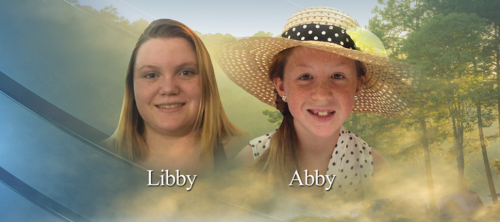
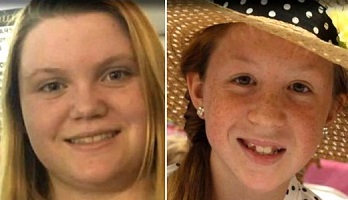
 en.wikipedia.org
en.wikipedia.org
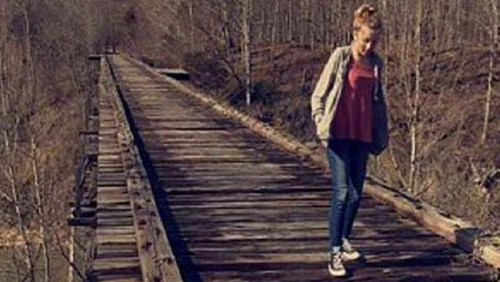
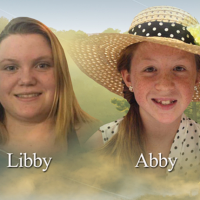
 www.crimewatchers.net
www.crimewatchers.net




 www.crimewatchers.net
www.crimewatchers.net













